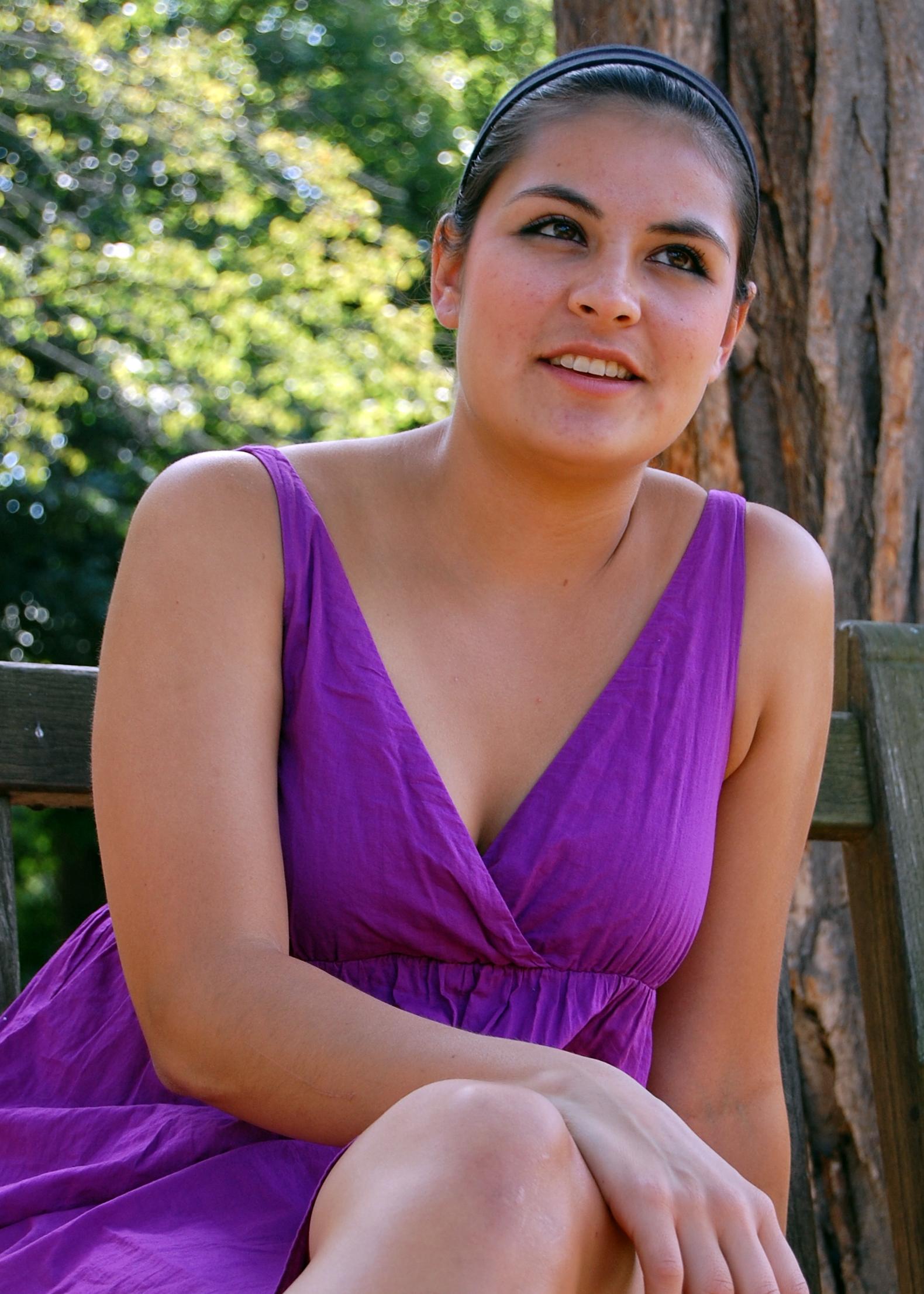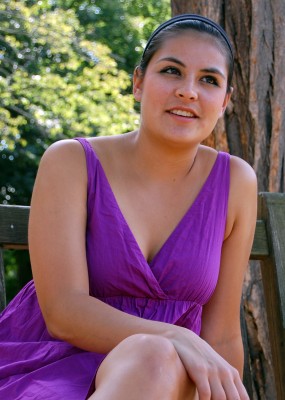Ask Kelsey John ’13 about her attempts to explore her biracial identity, and she’ll speak in metaphors. Understanding and integrating her ethnic heritage has been a journey, a dance.
“My parents always told me I was Navajo and a mix of European but never in a way that created a dichotomy or split me down the center,” she said. “I remember my first experience with racism, and I remember experiencing it all through school — I always felt like outsiders defined me differently even though I didn’t necessarily feel different.”
This summer, John is training a professional eye on an intensely personal experience. In an attempt to look beyond well-established racial identity models, she will sit down with a small number of her fellow biracial/multiracial Colgate undergraduates, listen to their identity stories, and note how their narratives defy categorization.
“A lot of models are very rigid, and they all seem to have a solid outcome,” said John. “What I’ve found in my own life is that there’s very rarely a solid outcome; it’s a fluid motion.”
John piloted her project while traveling with Professor John Palmer and Colgate’s South Korea Study Group in fall 2011. During her months abroad, she conducted interviews with multiracial South Korean school students, surveying their conceptions of what it means to be Korean, or black, or white.
“Interviewing these students really hit home for me,” she remembered. “I wanted to take the idea and bring it back to Colgate and explore the identities of multiracial people on campus, because I believe they provide a unique perspective on how we think about race.”
To gain access to that perspective, John is developing interview questions based on her knowledge of current scholarship and the biographies of prominent biracial individuals. “I’m immersing myself in different ways in which different people navigate their biracial identities,” she said.
Palmer, who is serving as John’s research adviser, is quick to point out that there are a number of challenges ahead. In particular, John will need to look carefully at the answers she receives and try to understand the nuances behind each subject’s story. “How do you determine the difference between a racial identity and a cultural identity?” he asked (without providing an answer).
Palmer knows the terrain that John is currently treading. His own book, The Dance of Identities, explores the odyssey of a small group of Korean-American adoptees.
“I wanted to learn something from them,” said Palmer. “That’s what I hope Kelsey is going to do: talk to students on campus and tell us what they think, how they got to this point, and what they would like the biracial or multiracial population in America to contribute to the national conversation.”

